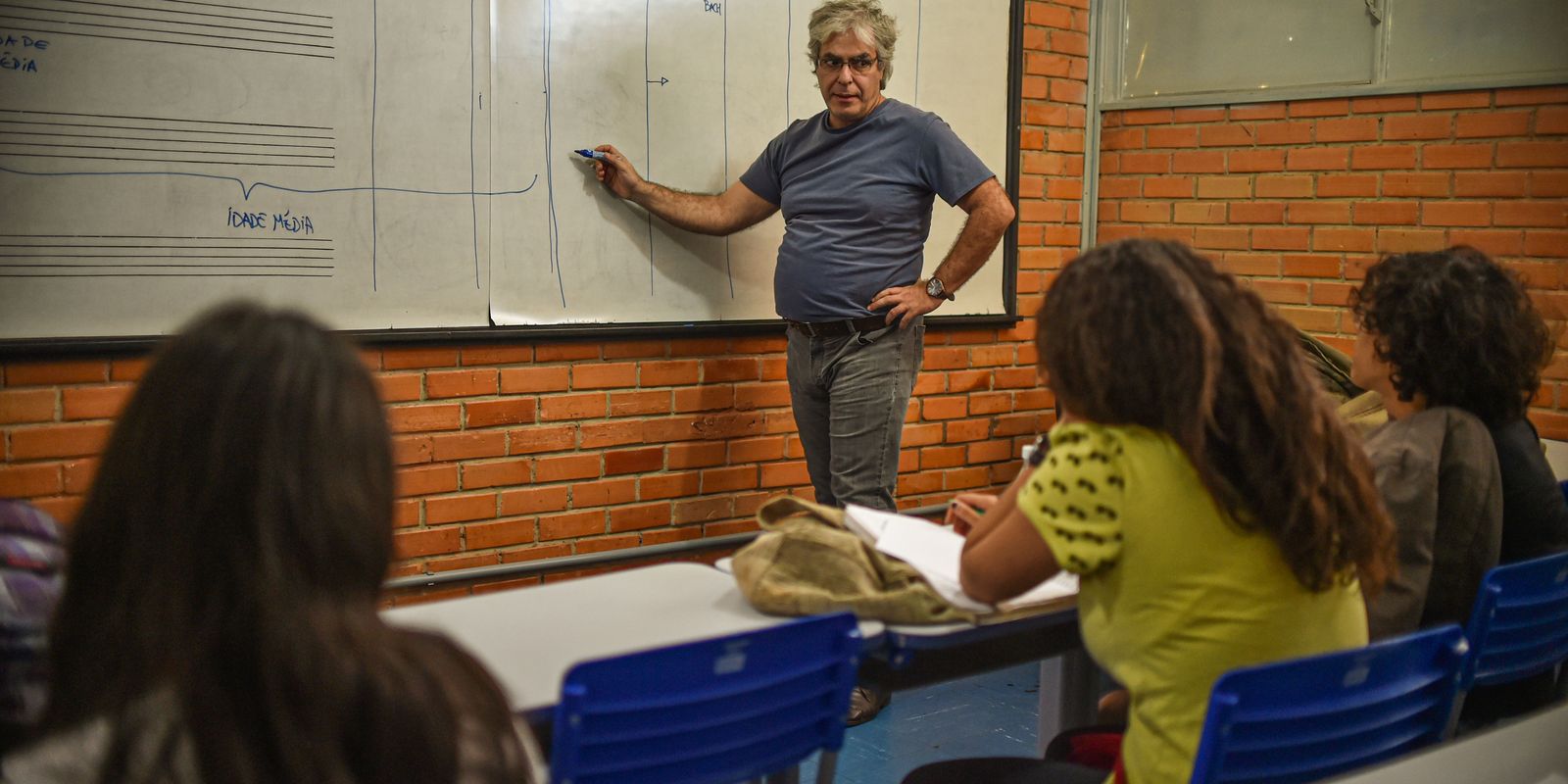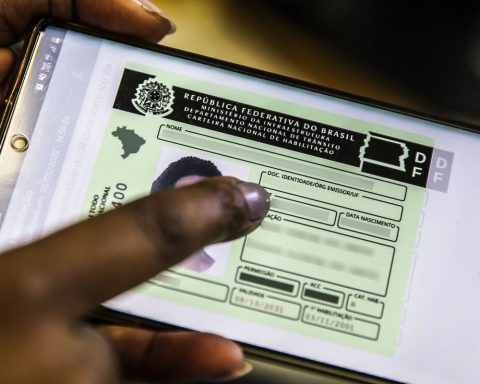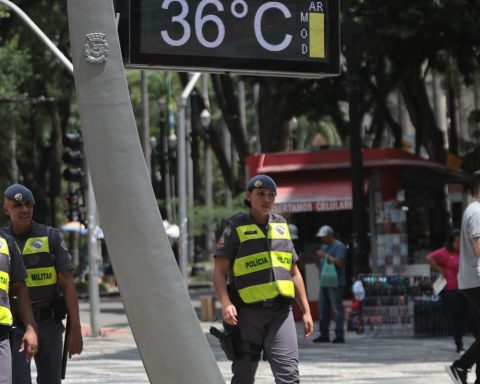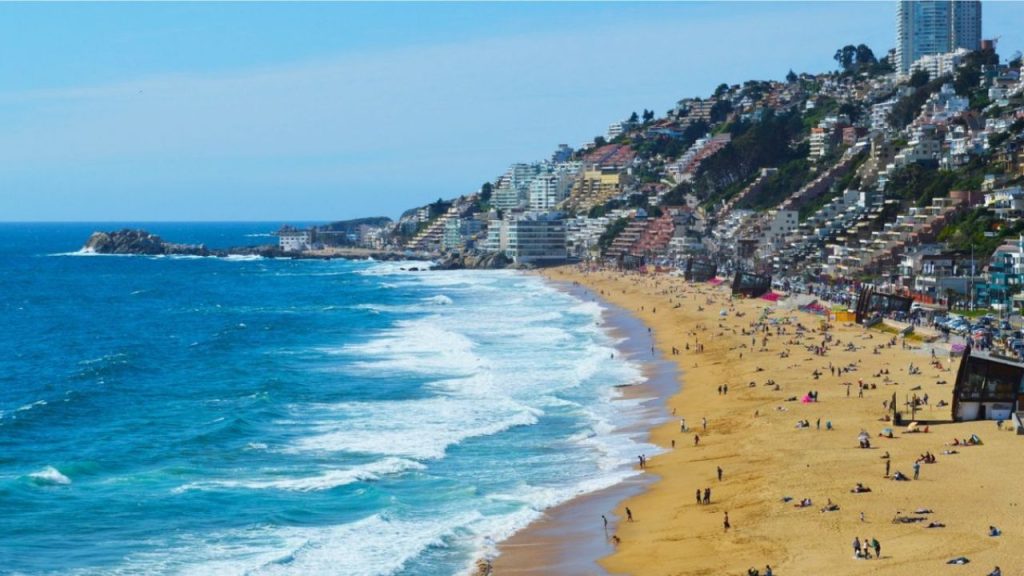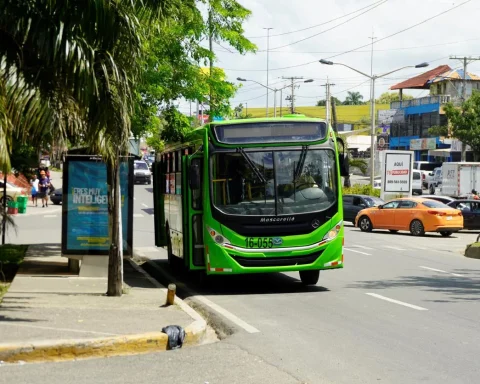Payment of the benefit from the Pé-de-Meia program begins this Monday (25th) and continues until next Monday (2nd), for public high school students. The portion will be allocated to high school students from Youth and Adult Education (EJA) and 3.7 million regular high school students, of which 1 million were included in the program in August.
Pé-de-Meia works as a savings account and aims to prevent school dropouts, encouraging students to remain in school and complete this last stage of basic education.
Deposits
To remain in the Nest Egg, the student must have a minimum attendance of 80% in high school classes. If attendance decreases in any month, the student will not receive the benefit for that period.
Caixa Econômica Federal (CEF) is responsible for opening accounts on behalf of students enrolled in public secondary education and for paying all installments of the program, with resources from the Ministry of Education (MEC). Deposits can be consulted by beneficiaries through the Jornada do Estudante application, from the Ministry of Education.
The amount is deposited into a Caixa Tem savings account. Amounts can be transferred via the Caixa Tem app, according to the student’s month of birth, in a staggered manner, starting this Monday.
Payment schedule by month of birth:
January and February: November 25th;
March and April: November 26th;
May and June: November 27th;
July and August: November 28th;
September and October: November 29th;
November and December: December 2nd.
Information regarding payment of the benefit can be consulted on the Caixa Tem application, available for smartphones.
Young people and adults
In August, payments began for high school students in Youth and Adult Education (EJA) included in Pé-de-Meia, who meet the criteria established by the federal government.
In the case of EJA, upon proving enrollment, the student receives an incentive of R$200, and a monthly incentive of R$225 for school attendance. Both are available for withdrawal.
According to the rules, beneficiaries must be between 19 and 24 years old, and be members of families registered in the Single Registry for Social Programs of the Federal Government (CadÚnico) by June 15, 2024, with a family income per person of up to half the minimum wage ( R$706 per capita).
For students, the portion relating to the attendance incentive will be paid in four installments per semester attended. The completion incentive will be accumulated in up to three installments, conditioned on partial approval for the high school completion certification at the end of each semester or academic year. Young people who joined the program from September will not retroactively receive the installments paid by Pé-de-Meia.
Who is entitled
The MEC explains that Pé-de-Meia is aimed at high school students in the regular course and Youth and Adult Education (EJA). To participate in Pé-de-Meia, the student must be a member of a family registered with CadÚnico and have a monthly income per person of up to half the minimum wage.
The student can consult the program rules, as well as the calendar, history and status of installment payments (rejected or approved) through the Student Journey application, which provides school information from elementary school to postgraduate studies for each student. .
nest egg
The financial-educational incentive program aims to democratize access and reduce social inequality among young people, in addition to promoting educational inclusion and stimulating social mobility.
The federal government calculates that with the expansion of the program – announced at the beginning of August – it will increase the number of beneficiaries to almost 4 million students.
Upon proving enrollment and attendance, the student receives a monthly incentive payment of R$200, which can be withdrawn at any time. The student also receives deposits of R$1,000 at the end of each academic year successfully completed, which will remain as a savings account and can be withdrawn upon graduation from high school.
If all incentive installments, annual deposits and the additional R$200 for participating in the National High School Exam (Enem) are added together, the amounts reach R$9,200 per student.
Student adhesion occurs through a commitment signed by federal, state, district and municipal education networks that offer secondary education and report student data to the Ministry of Education (MEC), through a computerized system.
